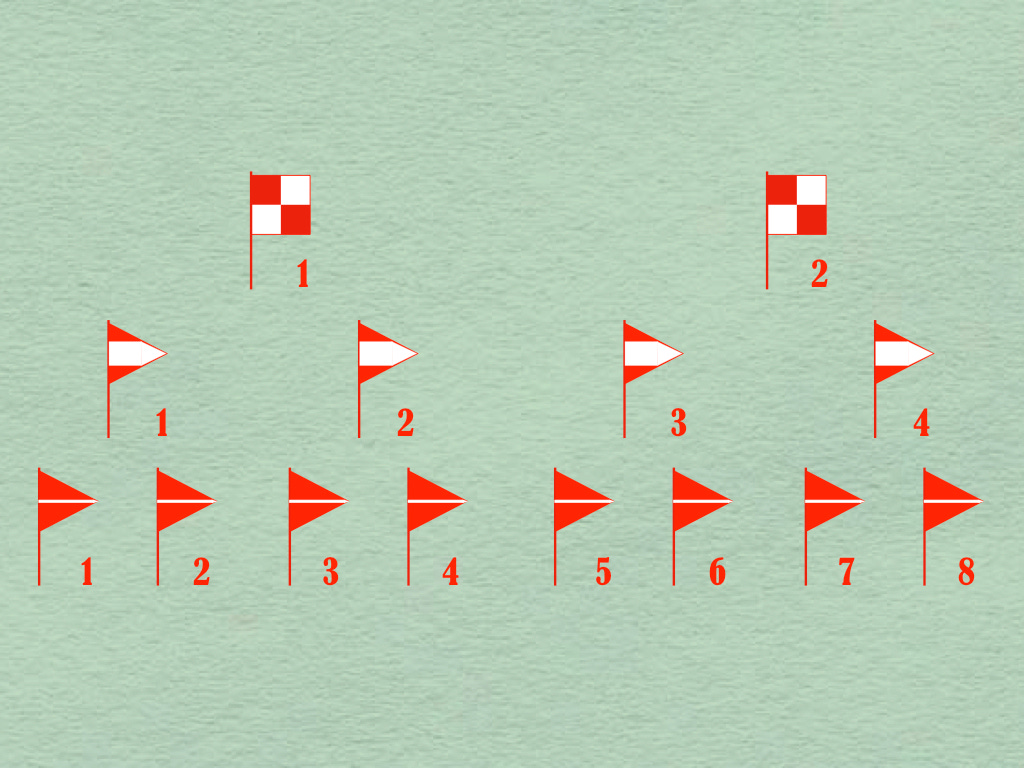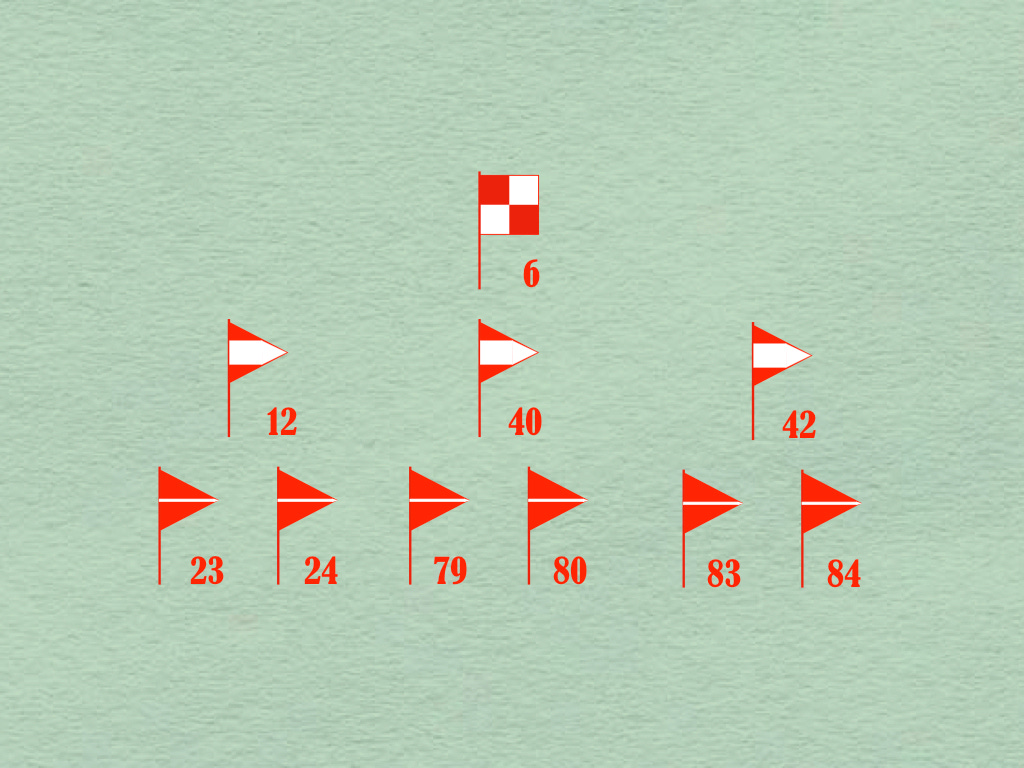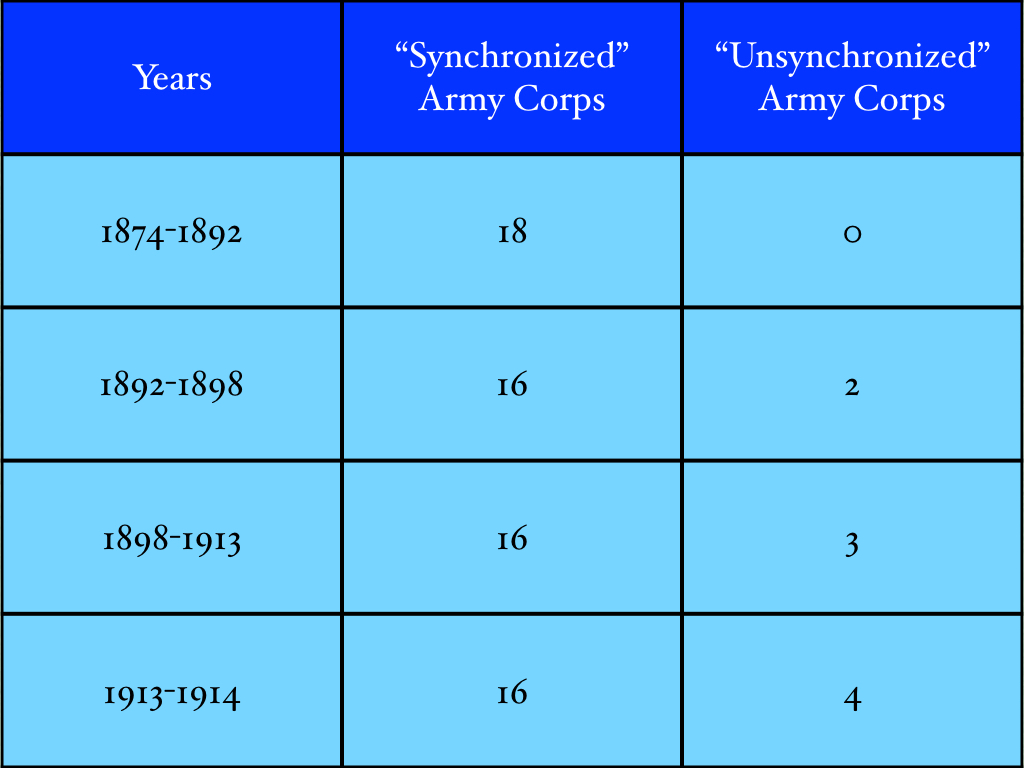The names of military organizations often include numbers. In some instances, the ways in which these numbers relate to each other follow obvious arithmetical patterns. In others, however, the number-bearing names of units and formations lose any obvious connection to the logic of numbers.
The patterns formed by the numbers in the names of military organizations are most regular at times when the armies to which they belong are being formed, reformed, or rationalized. Thus, in the early years of both the Second Empire of Germany and the Third Republic of France, the numbers assigned to the army corps, infantry divisions, and infantry brigades formed patterns. Similarly, in the army that served the First German Republic, the relationship between infantry, field artillery, and cavalry regiments, on the one hand, and their parent formations, on the other, was perfectly regular.
In 1874, for example, France was divided into 18 military regions (régions militaires), each of which was home to a single army corps. Each of these corps was composed of two infantry divisions, each of which, in turn, were made up of two brigades.
These army corps, infantry divisions, and infantry brigades were each numbered in a simple series. Each series, moreover, was synchronized with the others. As a result, it was easy to figure out the division to which each brigade belonged and the army corps to which each division pertained. (To find the junior infantry brigade in each army corps, one needed only to multiply the number of that army corps by four. To find the senior infantry brigade, the formula was “multiply the number of the army corps by four and then subtract three.”)
In the years that followed, the creation of additional formations to bolster the defenses of frontier regions disturbed the perfect symmetry of this numbering system. Thus, for example, at the outbreak of the First World War, the Sixth Army Corps had three component infantry divisions. One of these, the 12th Infantry Division, followed the old rules. The other two, however, did not.
The damage to the numbering system done by the raising of frontier formations was minimized by two practices. One of these was the retention of the relationship between the numbers of infantry divisions and those of their component brigades. That is, the number of the junior brigade in each infantry division was always twice the number borne by that division. Likewise, the number of the senior brigade was one less than twice the number of the division. The other was the retention of the old system of synchronized numbers in all army corps save those located in the military regions located along the border with Germany.
Sources: For snapshots of the organizational evolution of the French Army between 1873 and 1914, see the annual issues of von Löbell’s Jahresberichte über die Veränderungen und Fortschritte im Militärwesen. (As most of the information is presented in the form of tables or lists, readers need not know a great deal of German to make sense of it.) For a delightfully detailed catalog of French units and formations in 1914, see Mark Conrad’s website.







